Characteristics and description of the Zimovka cabbage variety: photos, reviews and features of agricultural technology
Zimovka is one of the most popular late-ripening cabbage varieties among vegetable growers, bred by domestic breeders. The choice of gardeners is determined frost resistance Wintering, its consistently high yield and ease of care. We will tell you in detail about planting, growing and agrotechnical requirements of the variety.
Description of cabbage variety Zimovka
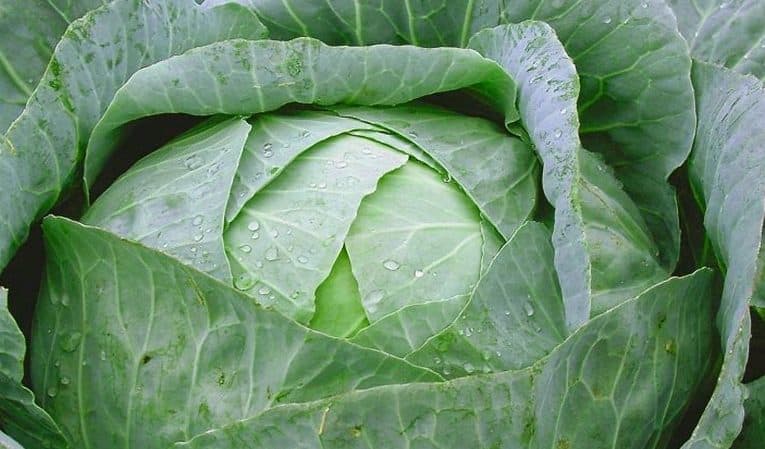
Wintering cabbage was obtained in the 60s. XX century as a result of experiments by breeders of the All-Union Research Institute of Breeding and Seed Production with various foreign varieties.
Wintering was officially registered in the State Register of Russia in 1963 with a recommendation for cultivation in the Central and Volga-Vyatka regions, as well as the Middle Volga region and the Far East.
Characteristic
Wintering is a late-ripening variety of white cabbage, which requires 155-165 days to fully ripen. Marketable yield is 6-7 kg/m².
The variety is characterized by a semi-spreading leaf rosette, reaching a diameter of 75-120 cm, resistance to some diseases and pests characteristic of cruciferous plants, and high resistance to frost. Cabbage tolerates short-term drops in air temperature to -6°C.
The photo shows the Zimovka cabbage variety.
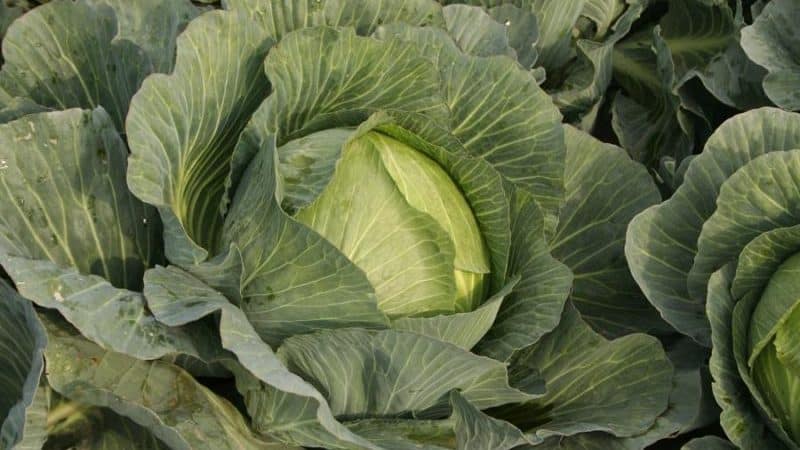
Consumer qualities
Dense heads of cabbage of round or slightly flattened shape grow up to 20-25 cm in diameter and weigh 2-3.6 kg. Leaves with wavy edges, gray-green color, with a waxy coating.They reach a length of 40-48 cm and a width of 32-45 cm. In cross-section, the forks are yellowish-white. The outer stalk is long, the inner one is small.
The cabbage leaves of this variety are sweet and juicy, with soft veins. They are well suited for first courses, stews, salads, pickling And pickling.
Reference. Cabbage may have a bitter taste for 2-3 months after harvest, but during storage it disappears, the leaves become juicier, and their sugar content increases to 4.9%.
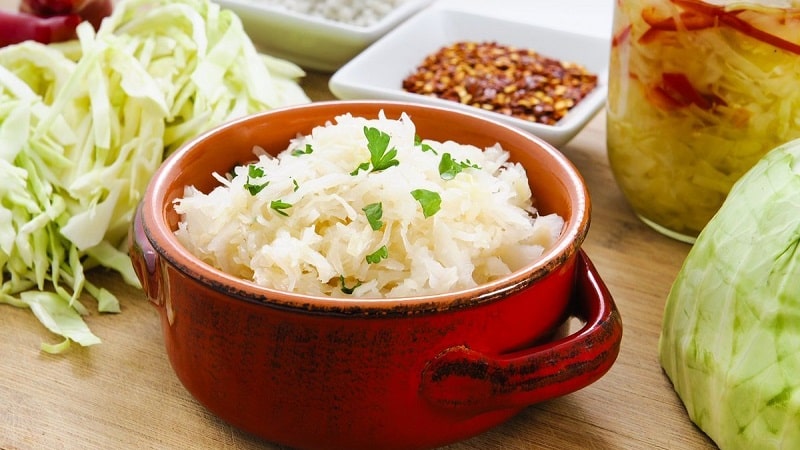
Advantages and disadvantages of the variety
The main advantages of Zimovka:
- abundant yield;
- high commercial qualities;
- good keeping quality and transportability;
- no tendency to crack;
- possibility of universal use and long-term storage;
- excellent taste and high vitamin C content;
- unpretentiousness;
- resistance to frost and some diseases.
No deficiencies have been identified in the variety. Minor disadvantages include the presence of a bitter taste in the vegetable in the first months after harvesting.
Features of cultivation
Cabbage is planted in a well-lit area in clay or loamy soil with a low or neutral acidity level. In the fall, the soil is cleared of plant residues, dug deep and lime is added to it, and organic fertilizers are added in the spring.
The best crop predecessors are tomatoes, peas, potatoes, and cucumbers. You should not plant Wintering after cruciferous vegetables - radishes, turnips, rutabaga.
Reference. In the northern regions, the variety is grown by seedlings; in the southern regions, sowing seeds in open ground is allowed.
Landing
Seeds for seedlings are sown in early April. Then it is transplanted into open ground at the end of May - beginning of June.
The planting material is pre-calibrated by selecting seeds of the same size, and then for 15-20 minutes. soak in a solution of potassium permanganate and wash in clean water. This serves as a measure to prevent the development of diseases. To improve germination, the seeds are wrapped in gauze and lowered for 15 minutes. into hot (+50°C) and then cool water, lay out in 1 layer on paper and dry.
The substrate for growing seedlings consists of equal parts of garden soil, humus, sand and wood ash. 2 weeks before sowing the seeds, it is calcined in the oven or spilled with a solution of potassium permanganate for disinfection.
The prepared containers are filled with substrate, watered and the seeds are sown, deepening them to 1 cm and keeping a distance of 3-4 cm. The containers are covered with polyethylene and put in a bright place. Water the crops as the soil dries out. After 5 days, when the seedlings appear, the shelter is removed, and the temperature in the room where the seedlings are located is reduced to +10°C. After 2 weeks, the seedlings are planted, while simultaneously shortening the roots by a third.
After picking, the seedlings are kept at a temperature of +14...+18°C, watered with warm water as needed and provided with 16-hour daylight hours. Transplantation into open ground is carried out when the seedlings reach a height of at least 15 cm.
The process of transplanting seedlings:
- Prepare planting holes in advance according to a 35x60 cm pattern.
- Pour 2 tbsp into them. l. superphosphate, 2 tbsp. wood ash and 1 tsp. urea.
- Water the seedlings, remove them from the container along with a lump of earth and place them in the holes.
- Sprinkle the roots with soil, tamp it down a little and water generously.
When sowing seeds in the ground, the procedure is carried out at the end of May.
Care
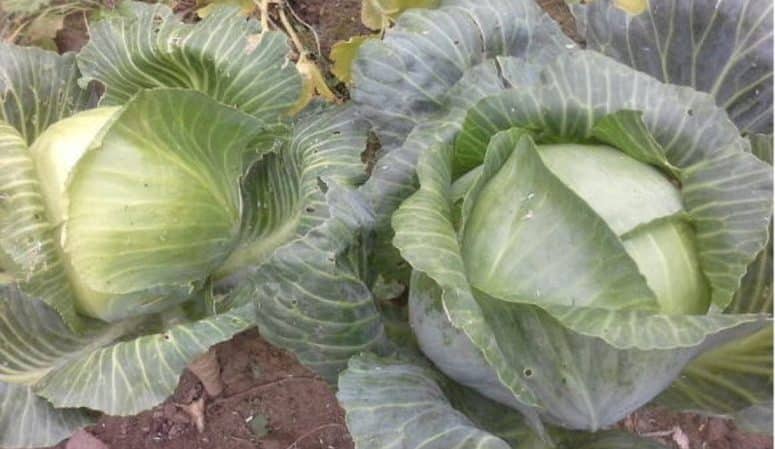
Cabbage of this variety is watered, focusing on weather conditions and the rate of drying of the top layer of soil.On average, the soil is moistened 1-2 times a week, pouring 1-5 liters of water under each young seedling and 2 buckets under an adult plant. A month before harvesting, watering is stopped.
The water should be settled and warm – +18…+23°C.
Reference. The variety tolerates short-term drought. Overmoistening of the soil leads to rapid death of the root system.
Fertilizers are applied according to the following scheme:
- 20 days after planting the seedlings in the ground - mullein solution (consumption - 1 liter per plant);
- after 10 days - a solution of chicken manure (1 liter for each plant);
- after another 10 days - mullein or bird droppings diluted in water (6–8 liters per 1 m²).
To improve the absorption of root fertilizers, they are applied simultaneously with watering.
After each watering, the soil is loosened and weeded. This not only gets rid of weeds, but also improves the access of moisture and oxygen to the roots of plants.
Protection from diseases and pests
The variety has high immunity to diseases and pests. However, sometimes cabbage is affected by:
- Blackleg. Sick plants are removed from the site and burned, the beds are watered with a solution of potassium permanganate.
- Kila. The infected cabbage along with the lump of earth is removed from the site, and lime is poured into the remaining hole.
- Mucous bacteriosis, or wet bacterial rot. After removing the affected plants, the beds are treated with fungicides (for example, Trichodermin).
- Downy mildew. Infected areas of cabbage are cut off and burned, after which the beds are treated with fungicidal preparations (Oxyx).
Of the insect pests that attack Wintering:
- Cabbage fly. The row spaces are sprinkled with a lime-tobacco mixture or treated with chemicals, for example, Bazudin.
- Slugs. Pests are collected manually, the soil between the rows is sprinkled with sawdust or ground red pepper, the plants are treated with a solution of copper sulfate or the drug "Meta".
- Belyanka. Spray with a solution of laundry soap or insecticides (“Inta-Vir”).
- Aphid. If the number of insects is small, the beds are sprayed with a garlic-tobacco solution; in case of severe damage, insecticidal preparations (Iskra-M, Senpai) are used.
Means for preventing pest attacks and disease development include:
- pre-planting preparation of soil and seeds;
- compliance with the watering regime;
- removing plant residues from the site before planting cabbage;
- autumn digging of soil;
- compliance with crop rotation;
- Regular inspection of plants for signs of diseases and pests.
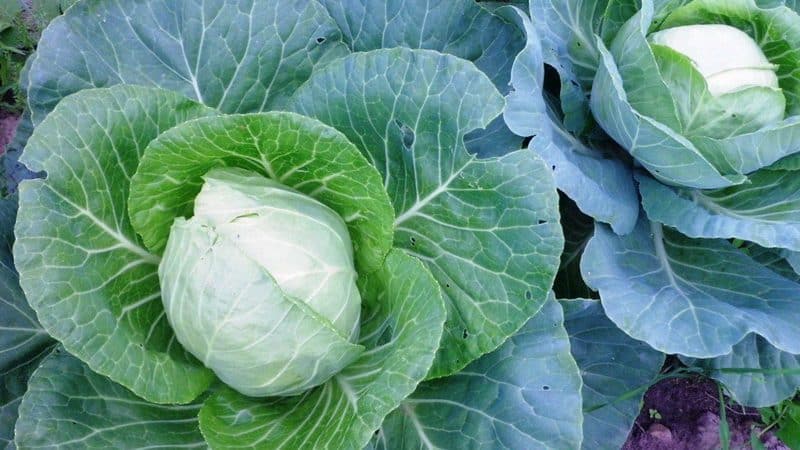
Harvest and storage
The harvest is harvested in late September - early October in dry weather. It is important to remove cabbage from the beds before frost and rain, otherwise it will rot.
Heads of cabbage are dug out of the ground with roots, then cleared of the top leaves and hung to dry in a well-ventilated area.
All damaged specimens are thrown away or set aside for immediate use. Heads of cabbage suitable for storage are placed in boxes, covered with a layer of earth, and taken out to a dark, well-ventilated room with an air temperature of 0...+2°C and humidity within 95%. In such conditions, the crop is stored for 8-10 months.
Farmer reviews
Many vegetable growers have been growing Zimovka cabbage for a long time and speak positively about it.
Valentina, Belgorod: “I really like this variety. When I was deciding which late cabbage to plant, a neighbor recommended Zimovka, and I was pleased.The yield is beyond praise - every time I harvest more than 100 kg. I ferment part of the harvest and send part to the cellar for storage. I like that over time, cabbage not only does not spoil, but becomes tastier. When grown, the variety is not capricious - it needs minimal care, practically does not get sick, and the heads of cabbage do not crack.”
Elena, Stavropol: “The variety is not new, but I only learned about it 3 years ago, and I’ve been planting it ever since. In all this time, I have never been disappointed in the yield and have never encountered pests or cabbage getting sick. The harvest is perfectly stored - all winter there is fresh cabbage in the cellar, which does not rot or wither. Perfect for pickling, pickling and fresh consumption."
Kirill, Ekaterinburg: “I don’t even remember when I started growing Zimovka - a very long time ago. The variety is late, so it is not surprising that it is stored for a long time. I like the fact that the heads of cabbage, if properly prepared for storage, do not spoil at all, and their taste only improves. Therefore, I do not consider the slight bitter taste, which is felt immediately, to be a serious drawback; it still disappears over time. I almost never use this fresh cabbage after harvesting; I usually ferment it or pickle it. But in winter, when the bitterness is gone, I prepare fresh salads.”
This is interesting:
Conclusion
Wintering has long firmly taken one of the leading positions among other cabbage varieties. Its popularity is due to its excellent taste, ease of cultivation, ease of care, good shelf life and resistance to diseases and pests.The main thing is to follow simple agrotechnical requirements, and then cabbage will delight you with an abundant and high-quality harvest.